Art researcher Ly Doi: Value and guaranteed value
Dear curator Ly Doi, as a collector and researcher of Vietnamese fine arts, what is your perspective on the Indochinese paintings on the market today? Is there a reason for the rise of Indochinese paintings?
If we take the first course of the Indochina College of Fine Arts as the milestone, then Vietnam’s modern art is already a hundred years old; and if we take the first paintings painted by King Ham Nghi (around 1889) as the milestone, then it is also 135 years old. Throughout that journey, although the country experienced many great changes, sometimes having to move the entire art school to the war zone, temporarily closing or dissolving, the fine arts still had works representing the necessary periods, trends and movements.
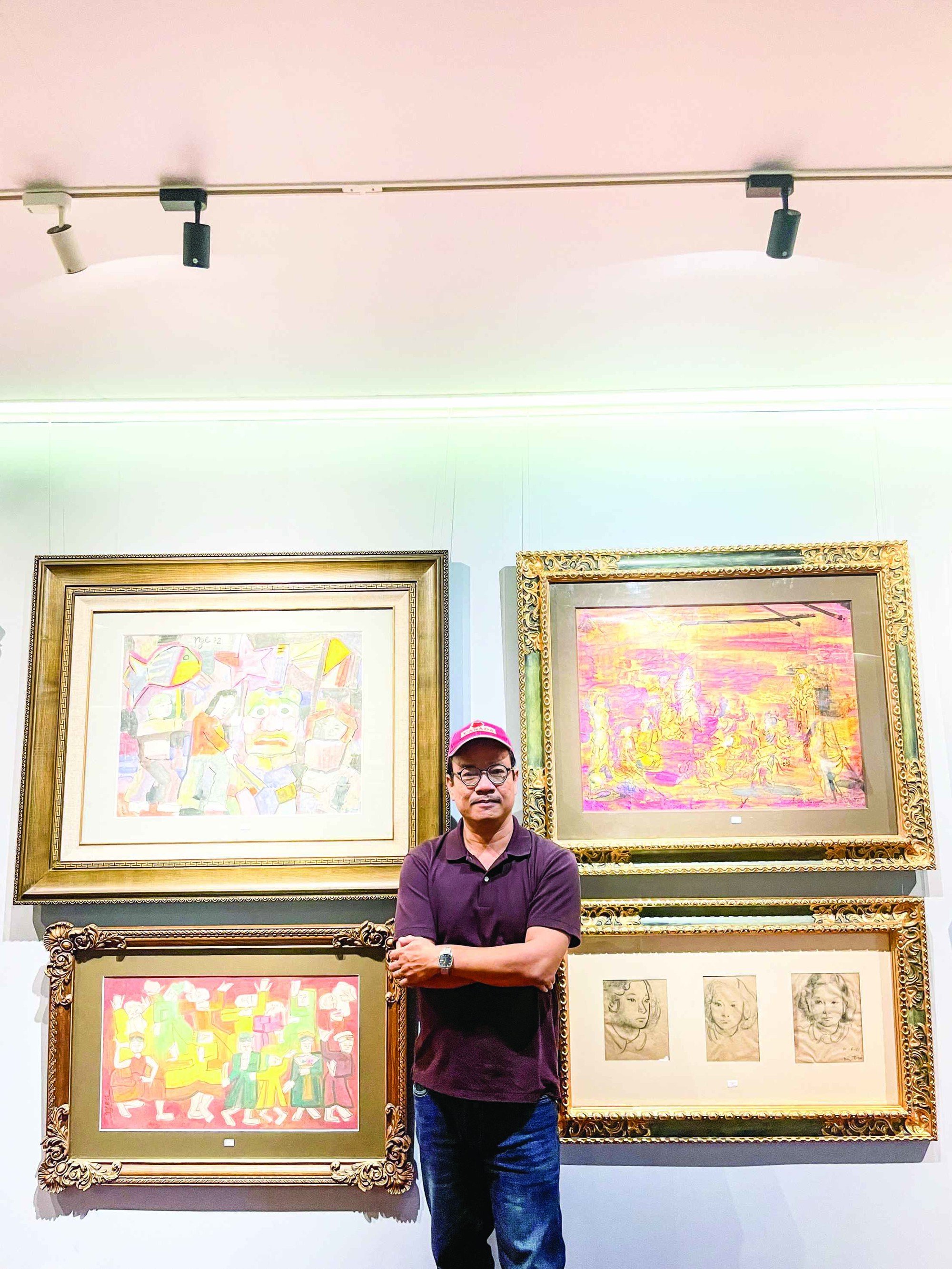
Art researcher Ly Doi
Also in that journey, Indochina paintings not only represent the early achievements, opening up the whole modern art, but also represent the dream of peace, independence, and prosperity of the nation. This is the first reason why Indochina paintings have both high value and high value in the art market.
The second reason, quite important, most collectors who really like Indochina paintings must meet two conditions: 1) share the concept and aesthetics of this genre of paintings; 2) must have a lot of money. To have a lot of money, most need a long time of working and accumulating, so their age also increases. That is why there is a saying "playing with Indochina paintings is safe for the elderly", because they have enough time to recognize the artistic value, enough to see the changes in price and selling price. In general, value and worth are two guarantees of Indochina paintings.
Third, it is a trend, this is inevitable, in any art market, not just Vietnam. Playing Indochina paintings is a trend in the art market. Most people want to have a few Indochina paintings to add to their collection, to expand the history of the issue, and also to be psychologically stable, like "treasures to protect the mountain". Officials and newly-emerged tycoons also like Indochina paintings, because they are less sensitive, and famous, so they "don't have to explain" many aspects, including the artistic story and the subject of the work.
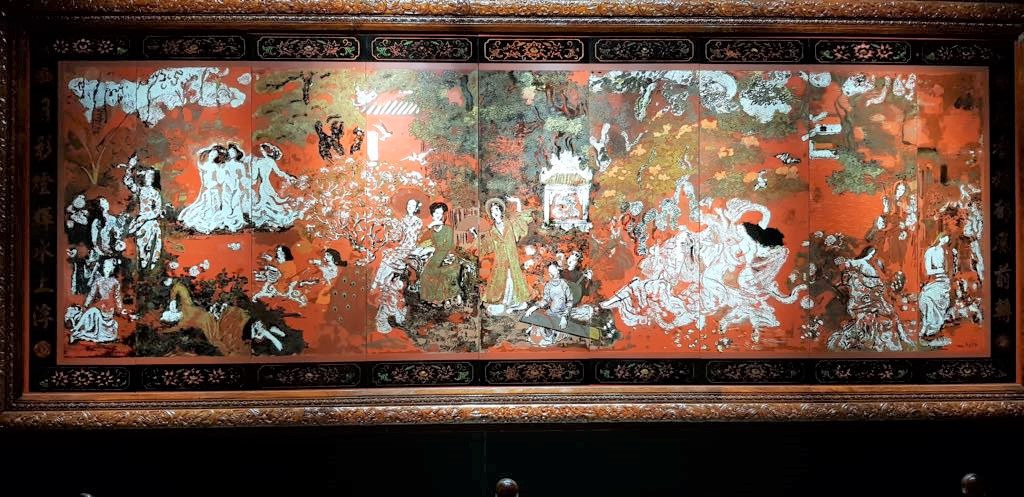
National treasure Spring Garden of Central, South and North by famous painter Nguyen Gia Tri
After a period of exile, works by many famous names such as the late painter Tran Phuc Duyen, famous painters: Le Thi Luu, Le Pho, Mai Trung Thu, Vu Cao Dam... have returned to Vietnam. In your opinion, how will repatriation help preserve and promote the values of this genre of painting?
My view on paintings is that being away from home is not necessarily pitiful, so returning home is not necessarily something to be happy about. If throughout the 20th century, most of the beautiful paintings were not away from home, then due to the circumstances of war, natural disasters, storms and floods, we would not have been able to preserve them completely and beautifully. Not to mention, creative life and market life are different, if there was no brain drain of paintings abroad, it is unlikely that today there would be a vibrant, high-priced market for Indochinese paintings.
Many art forms have encountered separation and repatriation. Repatriation, for example, occurred in the Netherlands, Russia, Spain, Japan... in the mid-20th century, and recently in Singapore, Indonesia, China, Korea, the Philippines, Myanmar, Thailand, Cambodia, Vietnam... If we look at this as a flow, then separation helps to rub against and test life for the work, repatriation is "returning home to pay respect to ancestors". But paying respect to ancestors and then storing it away somewhere, not continuing or being present in life, is also useless.
However, "preserving and promoting the values of the paintings" are two different jobs. Repatriation helps museums and collections to be more complete, but how to promote their values is not a simple matter. Recently, many young people have gone abroad to study curation, conservation - museums, collection management, marketing - art business... Hopefully, they will contribute to promoting the values of paintings, including Indochina.
I was probably the first person to use the phrase "Pho - Thu - Luu - Dam" in the press, at that time some people and some places reacted; now after 15 years, everything has become more normal. Let me give an example to show that repatriation not only brings back works, but also opens up new concepts, new identities. Even old concepts like Indochina paintings have really been mentioned again and highlighted more in the last 10 years, while in the second half of the 20th century it was almost rarely mentioned.
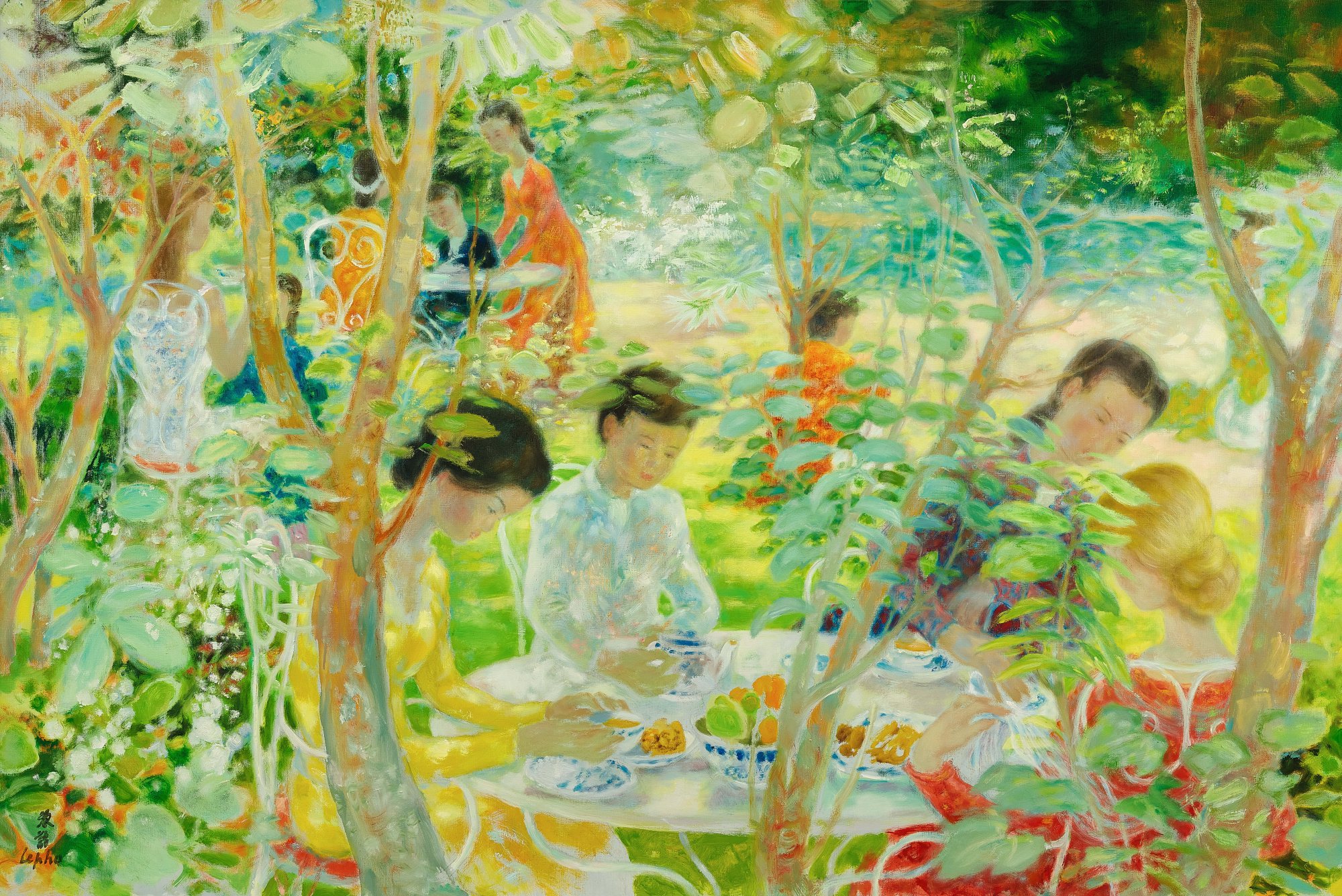
Tea Story (oil painting) by Le Pho, once sold for more than 1.3 million USD at Sotheby's Hong Kong auction
Photo: DOCUMENTS OF RESEARCHER LY DOI
Many auctions have closed with very high purchase prices for Indochina paintings. As an expert in this field, do you think this is a really good sign, recognizing the real value of this type of painting?
I agree with some people who think that Le Pho's paintings do not have much value in terms of art history, because of their lack of creativity, but they will still be among the most valuable works in the Vietnamese art market. Because Le Pho entered the art market very early, in the early 1930s through the French market and in the early 1960s through the American market. The principle of the art market - somewhat similar to real estate - is that prices only increase, so today Le Pho is the most valuable. The quartet "Pho - Thu - Luu - Dam" will continue to increase in price for a long time, so the fact that their works sell for over 5 million USD, even 10 million USD, is a matter of the near future.
In the past, when life was still difficult, and due to the concept of "art should limit talking about money and buying and selling" and Vietnamese people rarely played with paintings, the price of paintings was low. At the beginning of the 21st century, Vietnam only had about 50-60 people playing with paintings, now there are nearly 2,000 people, GDP is growing, the middle class and the rich are clearly increasing, the price of paintings is also understandable. Not to mention, paintings are a portable, neat asset, do not bother the owner much, want to show off or hide is quite easy.
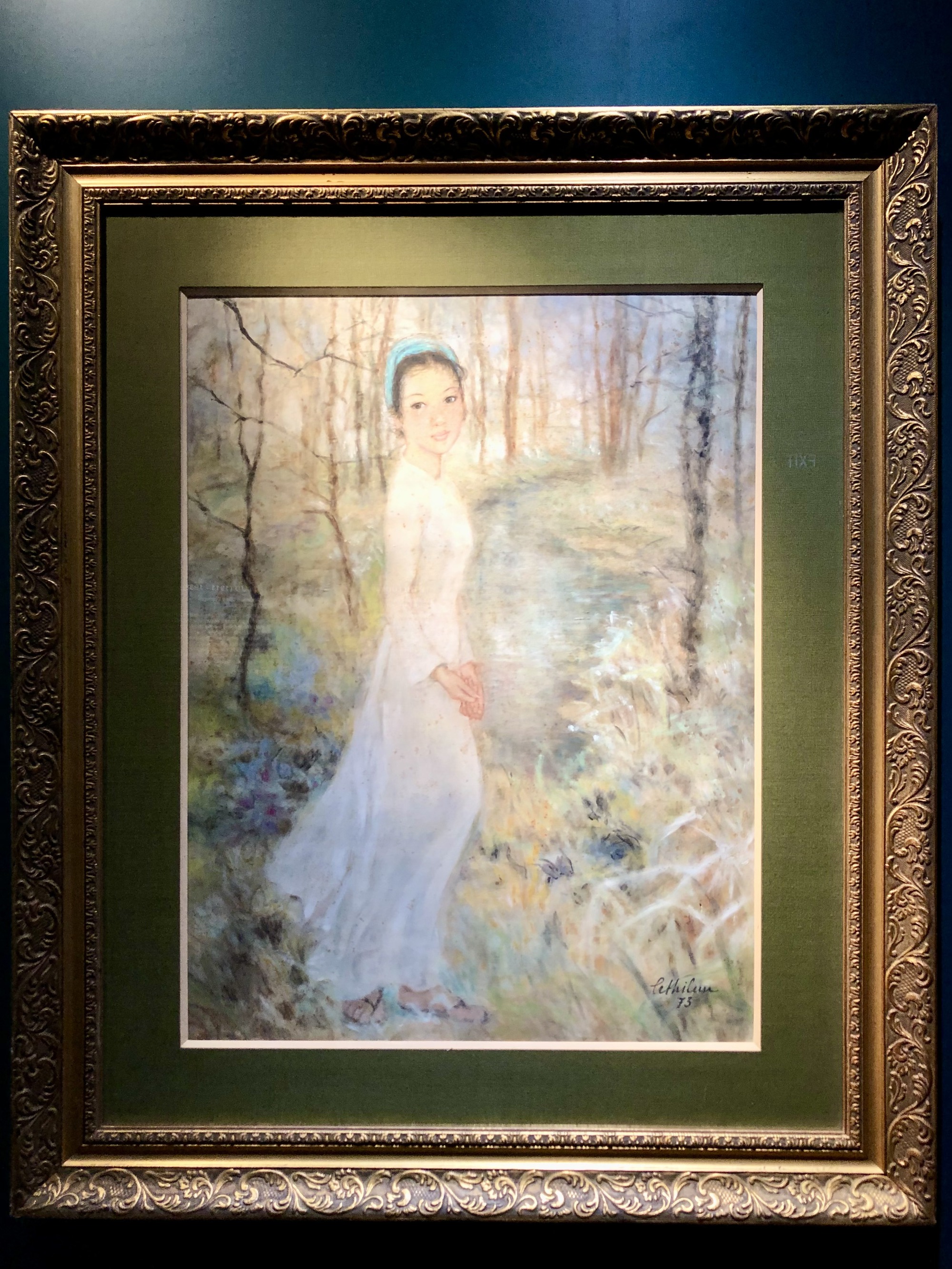
Vietnamese Girl by the Stream (ink and gouache on silk) by Le Thi Luu, at the exhibition Ancient Souls of a Strange Wharf organized by Sotheby's in Ho Chi Minh City in 2022
The story of "winning the lottery" in the art market also happens often, this can be accidental or intentional, but it always creates significant emotions and attraction. Remember on May 25, 2013, Christie's auction house in Hong Kong put up the silk painting La Marchand de Riz (The Rice Seller) with an estimated price of 75 USD, because it was thought to be a painting by a little-known Chinese artist. When the auction took place, because some collectors knew that this was a painting by Nguyen Phan Chanh, they bid up to 390,000 USD, becoming the highest priced painting on the public market of this artist at that time.
In Southeast Asia, Indonesia was the first country to sell a $1 million painting on the public market. At that time, Vietnamese paintings were only around $20,000 - $50,000, only a few paintings were $100,000, for example, Vuon Xuan Trung Nam Bac by Nguyen Gia Tri, which was purchased by the Ho Chi Minh City Fine Arts Museum, and is now a national treasure. In the past 15 years, our country has been one of the most vibrant markets, with growth that is truly higher year after year. It is no coincidence that among the eight cultural industry sectors that Ho Chi Minh City has chosen to develop by 2030, fine arts is included. Those eight sectors are cinema, performing arts, fine arts, photography, exhibitions, advertising, cultural tourism, and fashion.
Can you share with Thanh Nien readers some works about spring by authors in the Indochina painting genre?
The major themes of Indochina paintings are peaceful life, happiness, prosperity, Tet, young girls... Tet or Ao Dai in Indochina paintings are two themes that can be written into two books, because the illustrations are vivid and convincing. Among the paintings recognized as national treasures, To Ngoc Van's Two Young Girls and a Baby, Nguyen Gia Tri's Spring Garden of Central and South North, or Nguyen Gia Tri's Young Girl in the Garden, the spring atmosphere is very clear. These are also two representative painters of Indochina fine arts.
Art critic Ngo Kim Khoi: Glorious dawn
Sir, the history of painting is recording Le Van Mien as the first modern painter of Vietnam, but recently there has been information that the first painting was painted by King Ham Nghi in 1889, so this issue is controversial. What is your opinion on this current issue? Is King Ham Nghi's painting an Indochina painting?
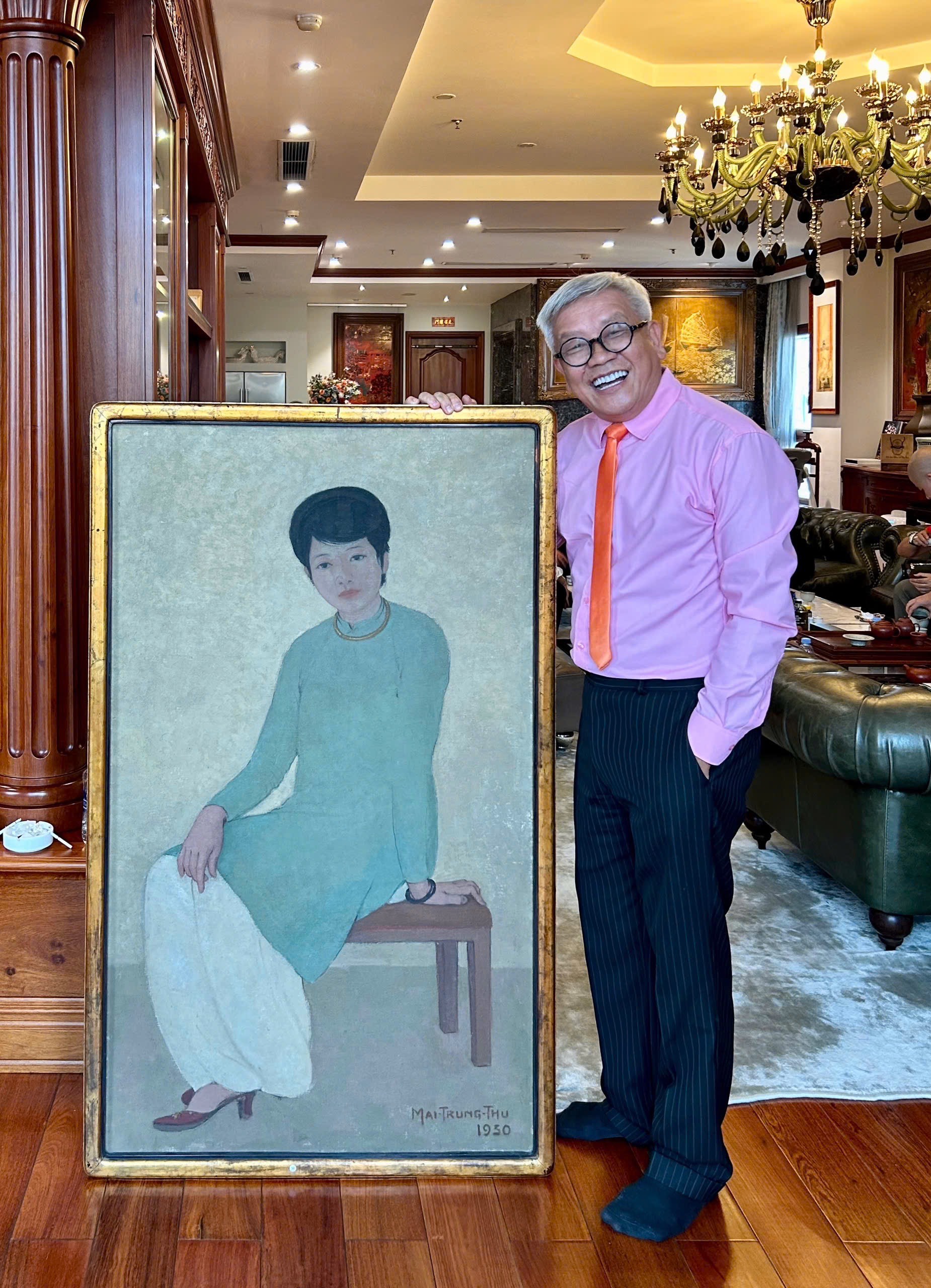
Researcher Ngo Kim Khoi next to the Portrait of Miss Phuong
It is not just a matter of who painted oil paintings first, King Ham Nghi or Le Van Mien, but in my opinion, the history of fine arts must always be supplemented and updated from new discoveries. We always acknowledge those who have made great contributions such as Nam Son, Thang Tran Phenh..., who have since created turning points for Vietnamese painting. The case of King Ham Nghi's paintings is an exception, because at the time of creation, he did not live in Vietnam and had no connection with Indochina fine arts, so it is not an Indochina painting. The king was mainly self-taught and approached world painting through a completely different perspective, compared to the painters at the Indochina Fine Arts School.
The Indochina painting genre began to expand to the world and was very successful at the Paris International Colonial Exhibition in 1931. The first Vietnamese painting, a portrait of My Mother by the famous painter Nam Son (co-founder of the Indochina Fine Arts School), was purchased by the French Government along with the painting Happy Times by Le Pho, which won the Silver Medal at the 1932 Salon. Few people know that in the period 1931 - 1933, Nguyen Phan Chanh achieved 50% of the sales of paintings of the Indochina Fine Arts School abroad, which speaks to the appeal of this genre. Many people bought them back to France as gifts, and government officials also wanted to own them as souvenirs or gifts. It can be affirmed that this was the golden age of fine arts, which I often call "the glorious dawn", before it suddenly disappeared in 1945 when the school was closed.
Being attached to Vietnamese fine arts, especially Indochina paintings, which name impressed you the most?
Speaking of Indochina paintings, I am particularly impressed with Nguyen Phan Chanh, although influenced by Japanese paintings and Western perspectives, he is a silk painter with a strong Vietnamese character.
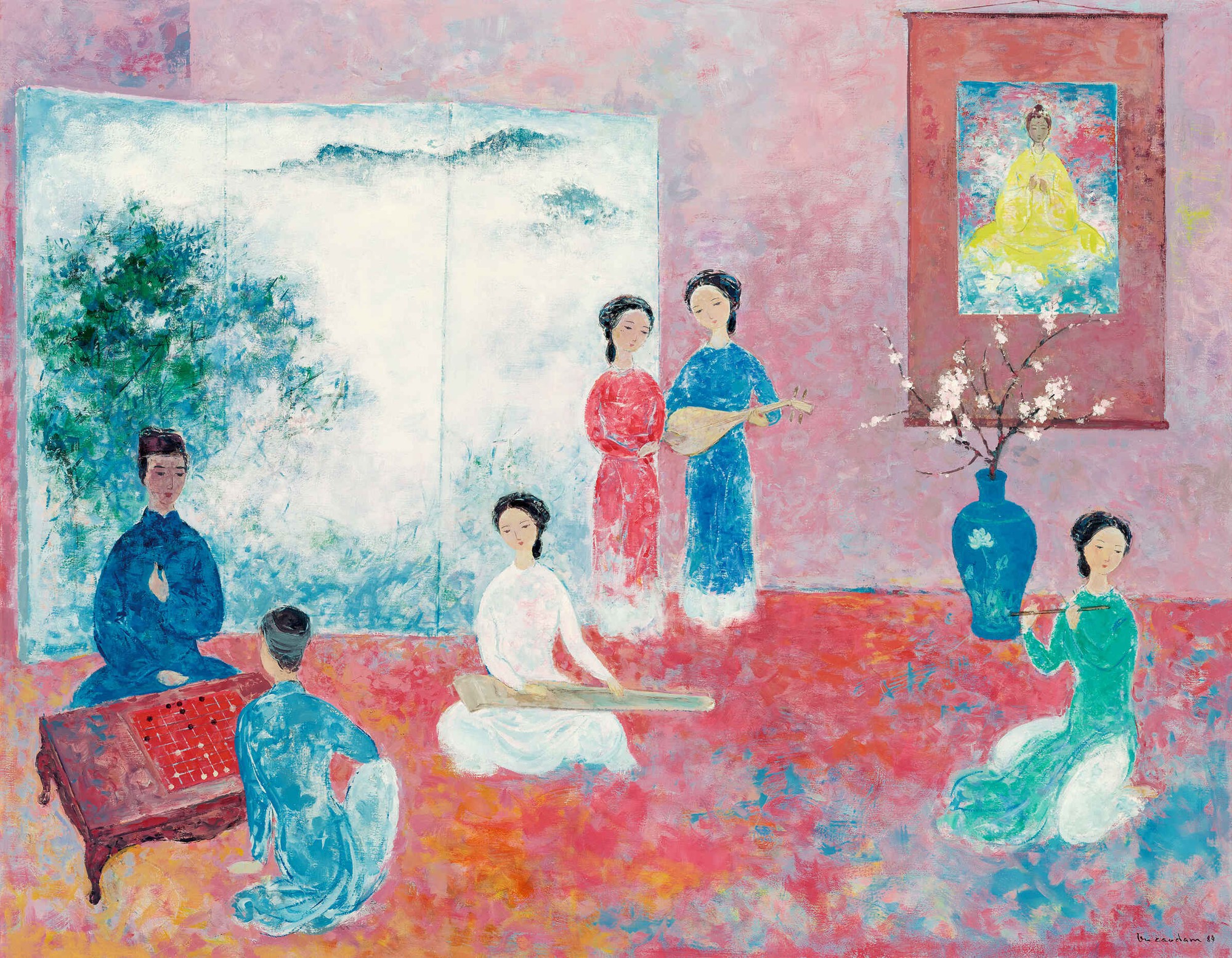
Oil painting Full of Tet atmosphere by Vu Cao Dam
The second person is my grandfather Nam Son, although he was only in charge of the preparatory class, all the official students had to undergo his training and guidance. Nam Son's work Cho Gao on the Red River was the first painting purchased by the French government and displayed in the national museum.
Another person is Nguyen Gia Tri, a famous painter who transformed lacquer paintings from handicrafts used for daily life and spiritual worship into works of art that can be hung on the wall for viewing. Every time one sees his works, one feels as if they are lost in a fairy world.
According to you, what is special about spring paintings of Indochina art?
If you look at the national treasure Spring Garden of Central, South and North by the famous painter Nguyen Gia Tri, you will see a joyful and bustling spring; or Young girl with hibiscus flowers is a vast spring sky, the beauty of young girls is the embodiment of the desire for freedom and full of dreams. Young girls with peach blossoms by Luong Xuan Nhi, Going to the Tet market by Nguyen Tien Chung depict the graceful figures of girls in ao dai, graceful among thousands of flowers on Tet holiday with lotus and peach blossoms. The quartet Nguyen Tu Nghiem - Duong Bich Lien - Nguyen Sang - Bui Xuan Phai also painted many paintings about spring. The famous painter Nguyen Tu Nghiem also took inspiration from folk culture, bringing national traditions into modern painting to paint beautiful paintings of the 12 zodiac animals, becoming a unique phenomenon of Vietnamese fine arts that collectors are especially interested in.
Source: https://thanhnien.vn/mua-xuan-phoi-phoi-cua-tranh-dong-duong-185250106153819952.htm



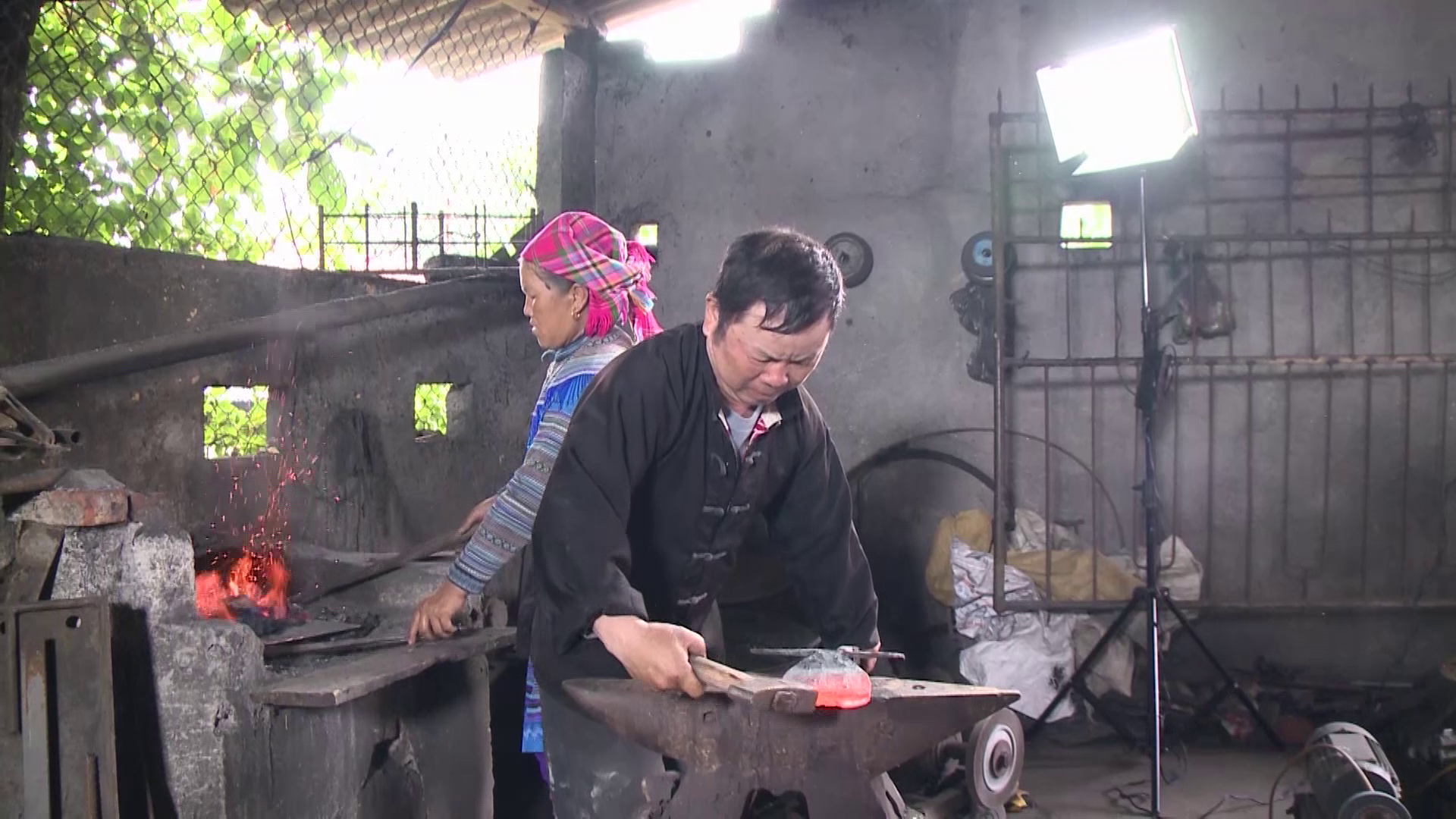
![[Photo] Prime Minister Pham Minh Chinh receives Mr. Jefferey Perlman, CEO of Warburg Pincus Group (USA)](https://vstatic.vietnam.vn/vietnam/resource/IMAGE/2025/4/18/c37781eeb50342f09d8fe6841db2426c)

![[UPDATE] April 30th parade rehearsal on Le Duan street in front of Independence Palace](https://vstatic.vietnam.vn/vietnam/resource/IMAGE/2025/4/18/8f2604c6bc5648d4b918bd6867d08396)
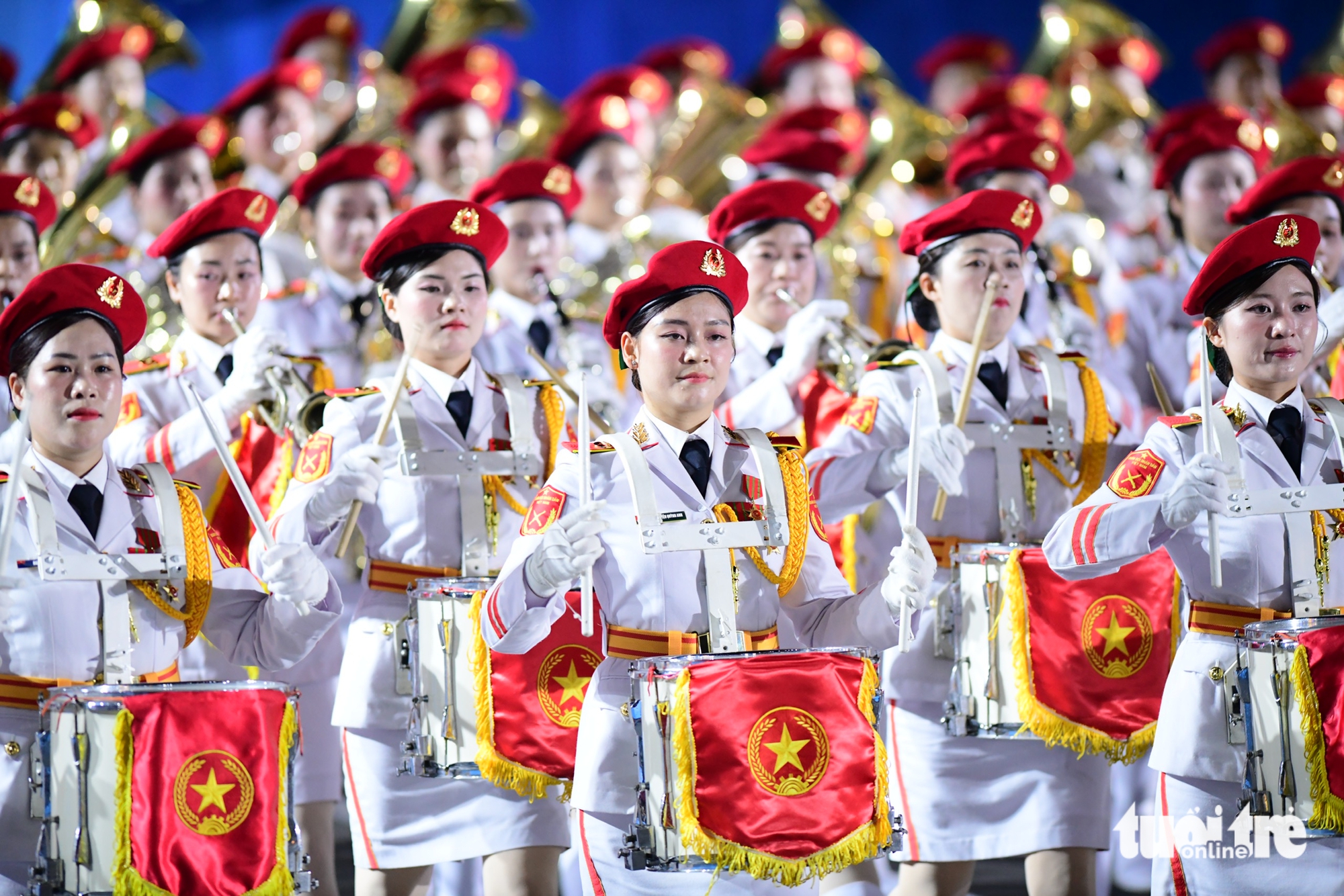
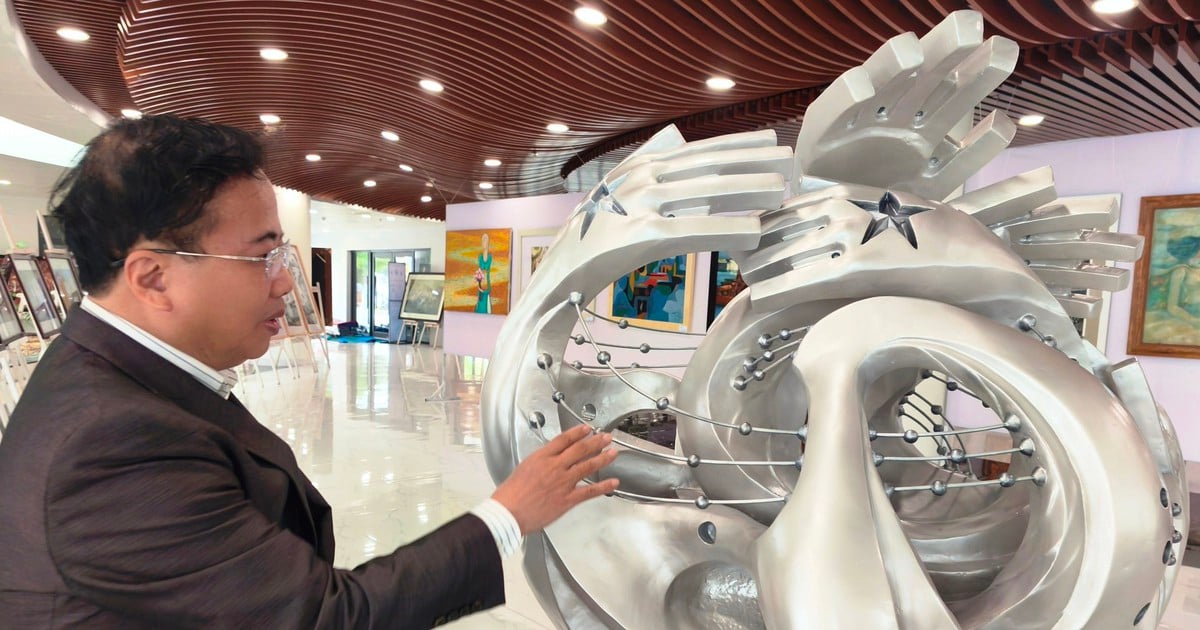

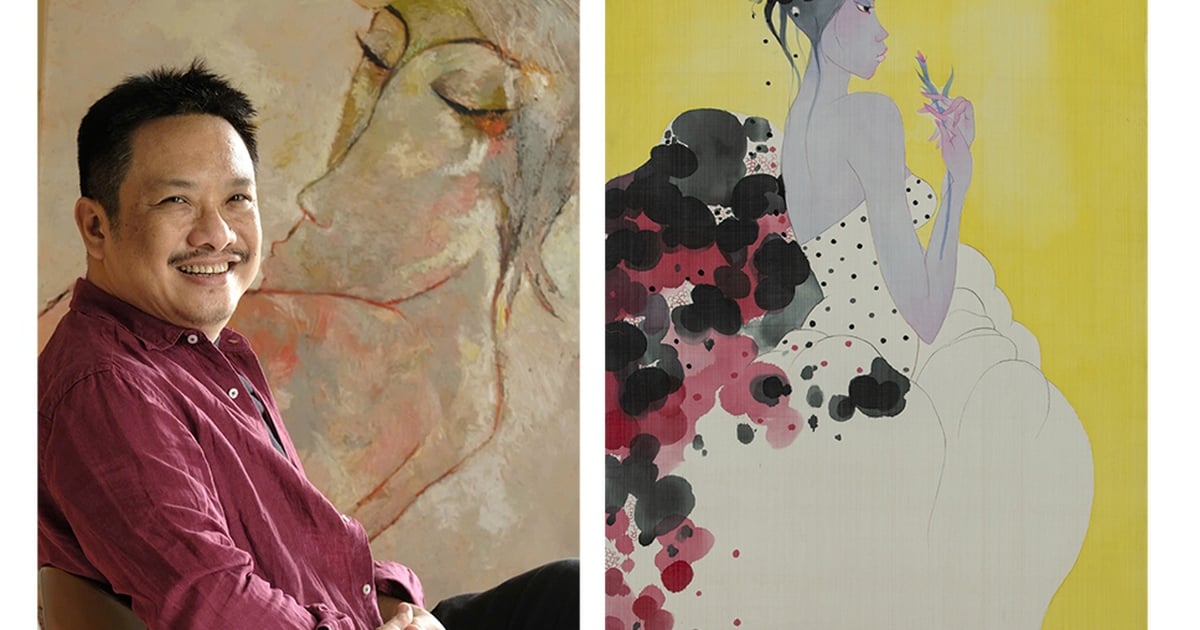
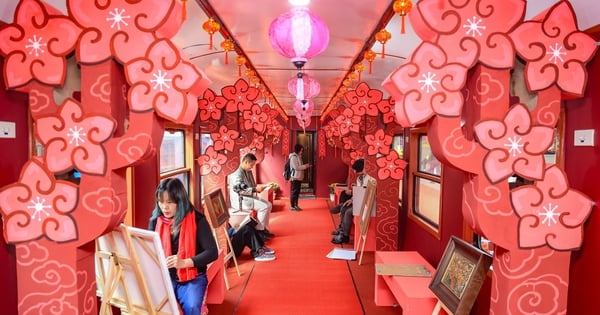

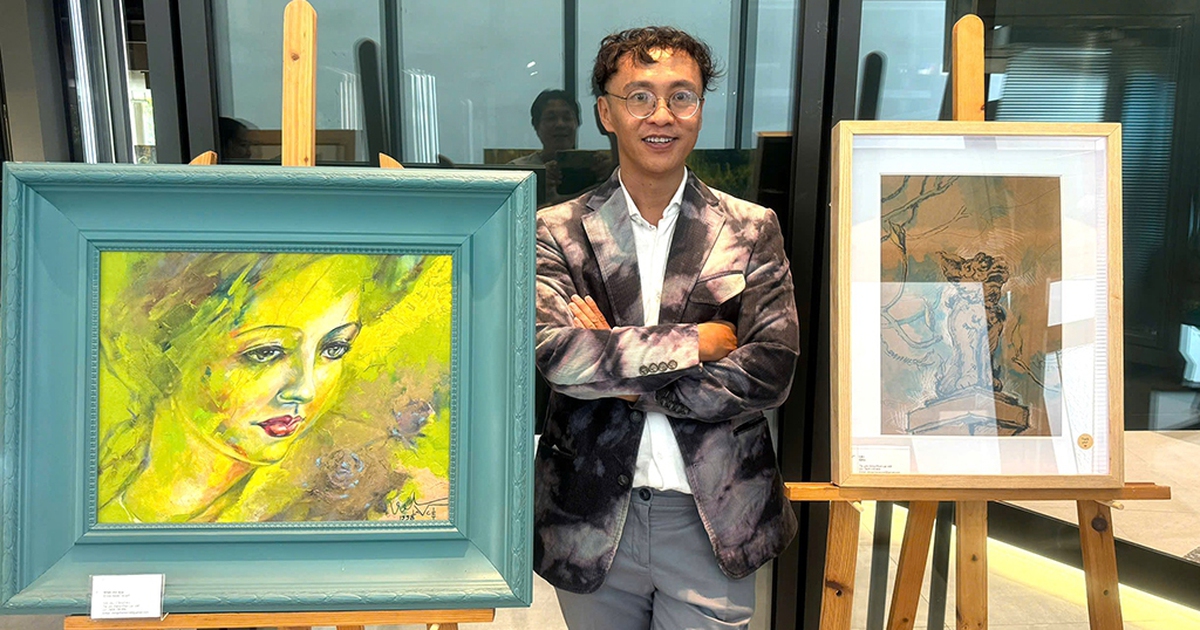
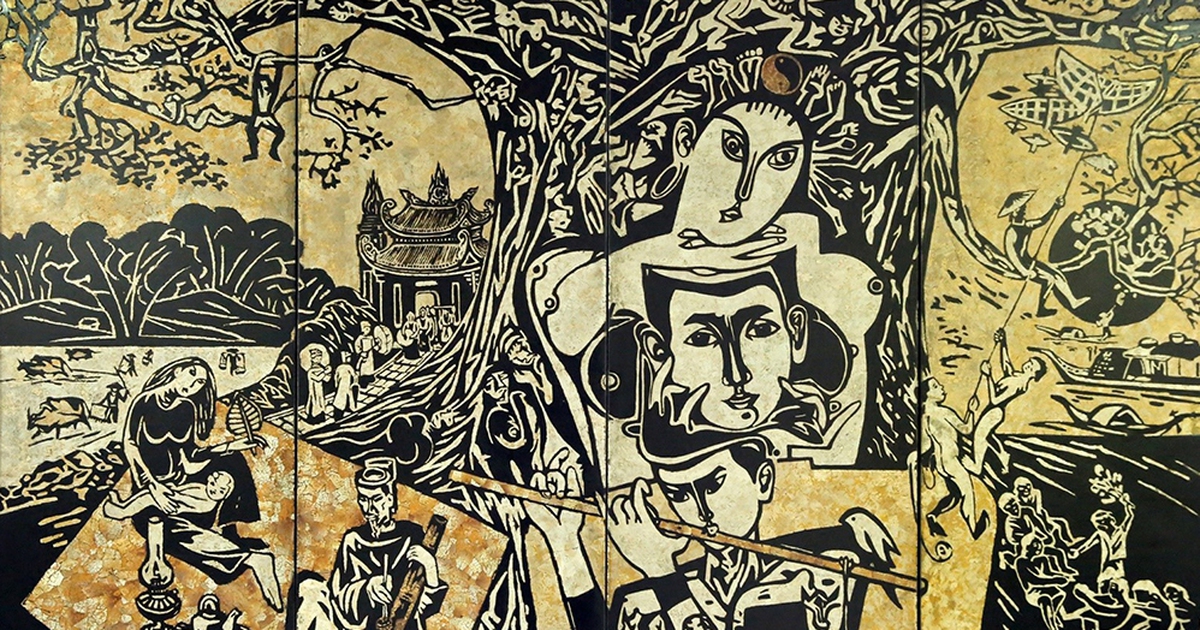
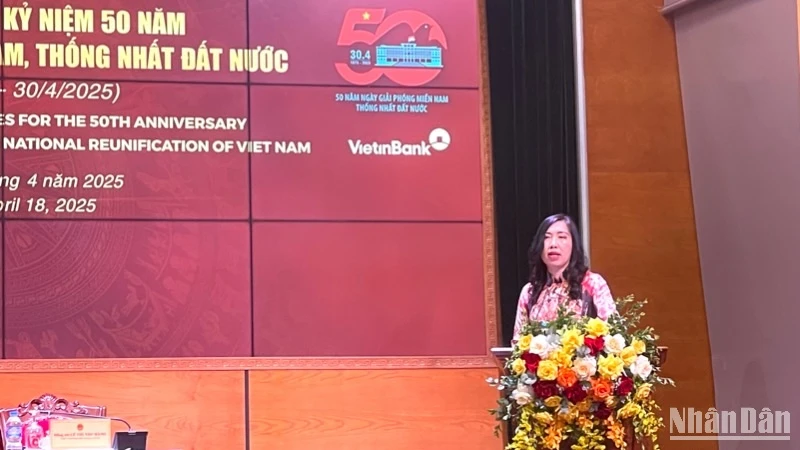




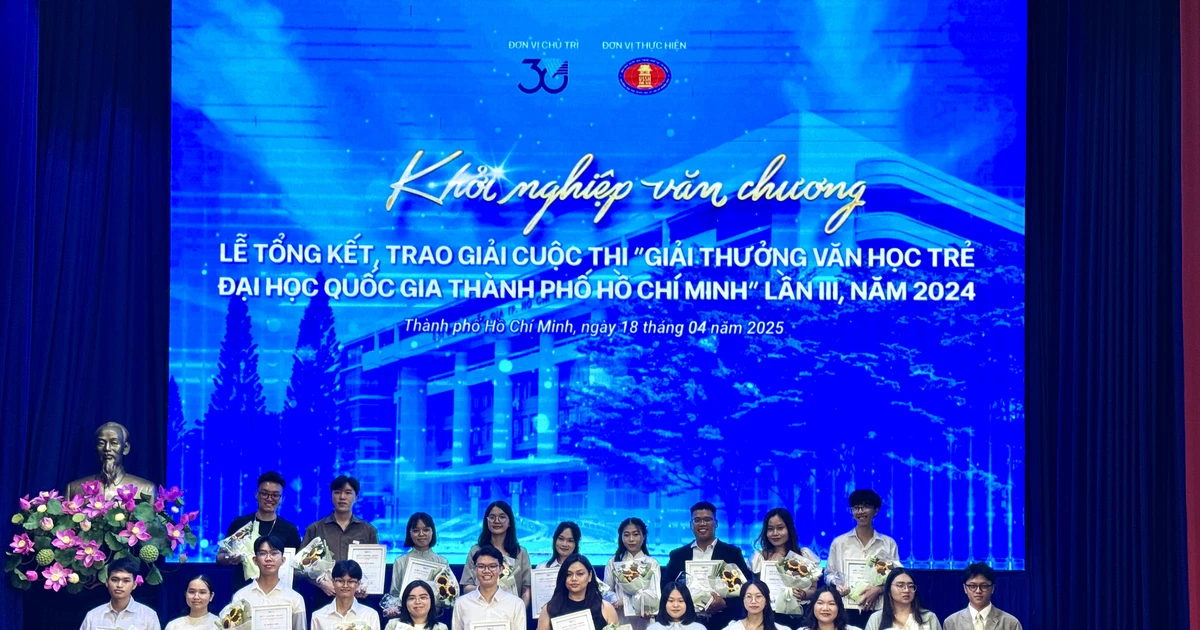




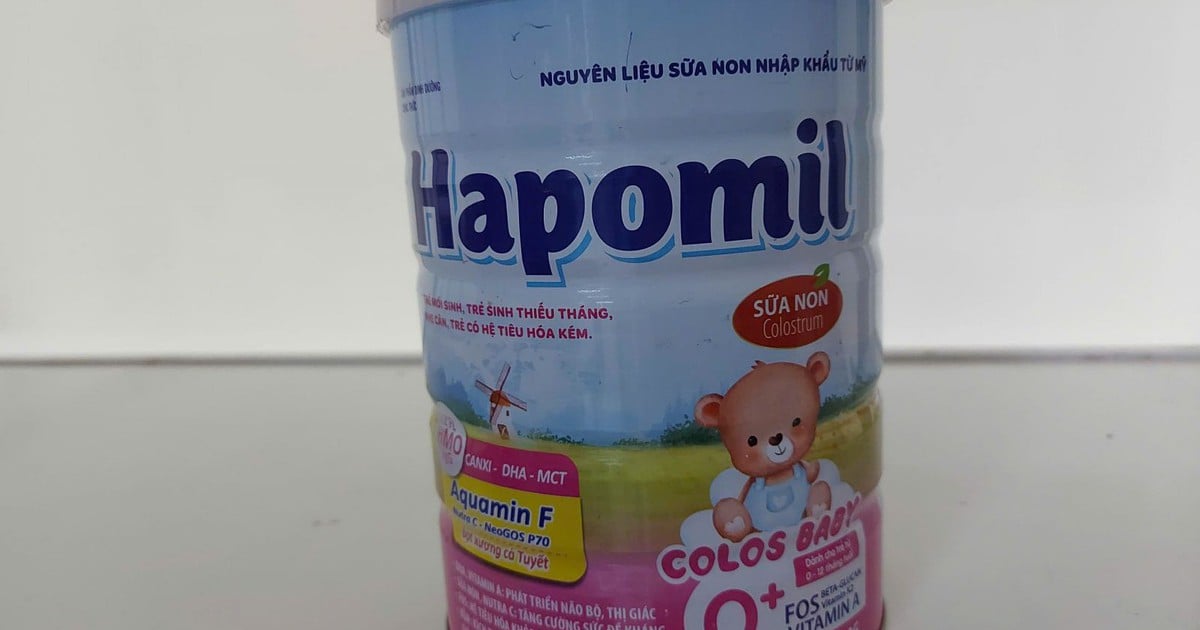
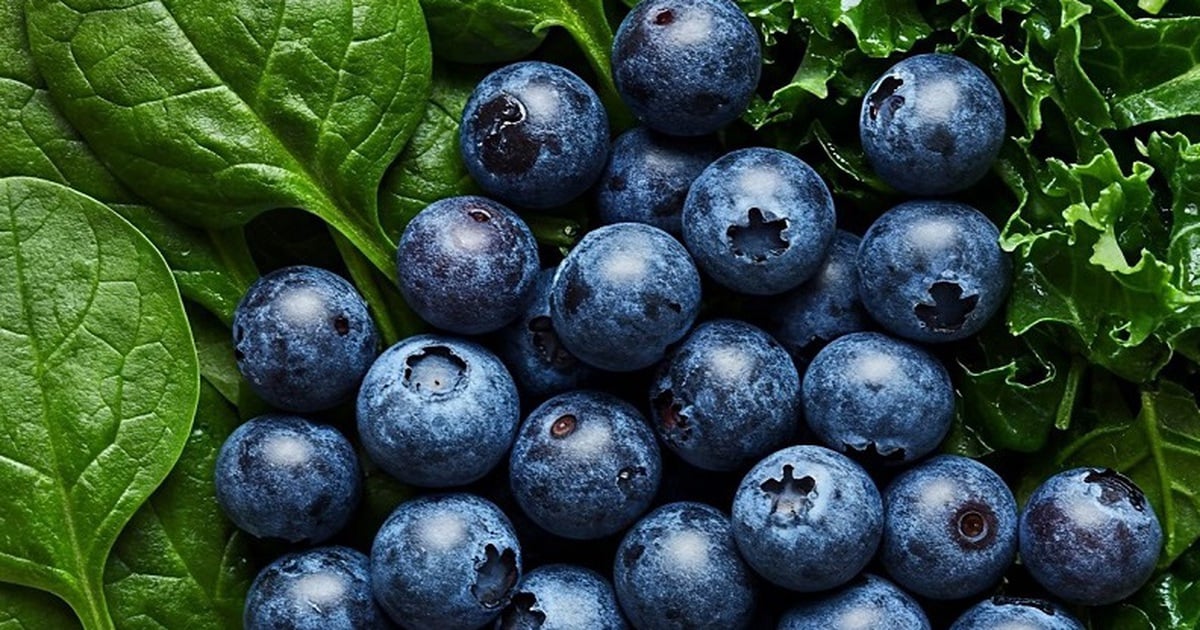
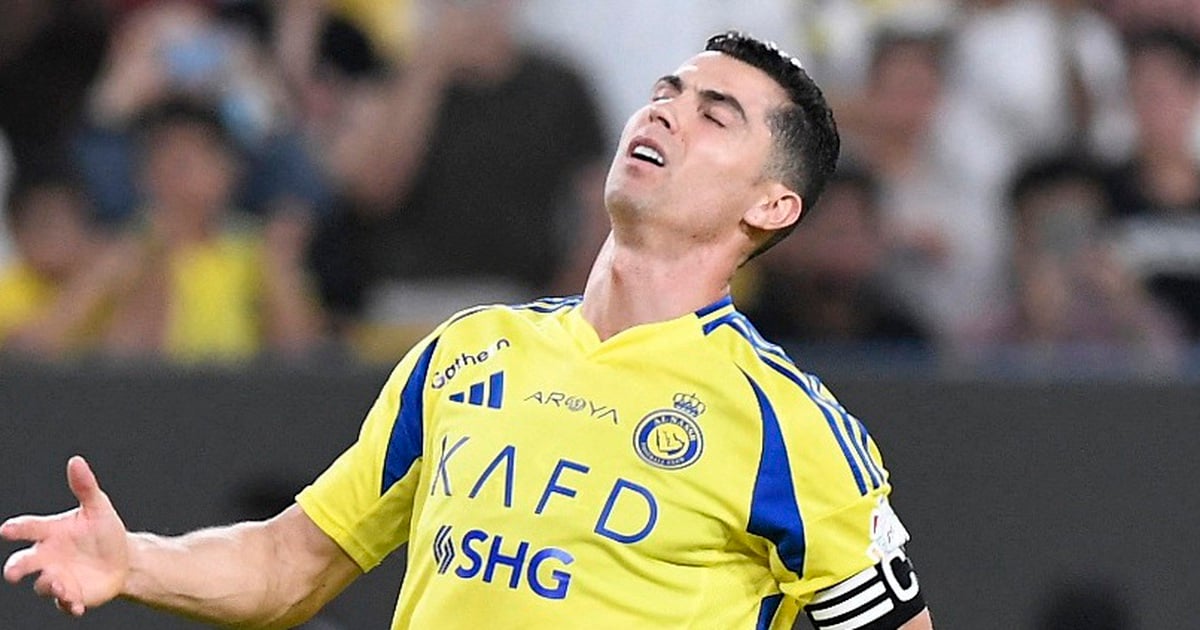


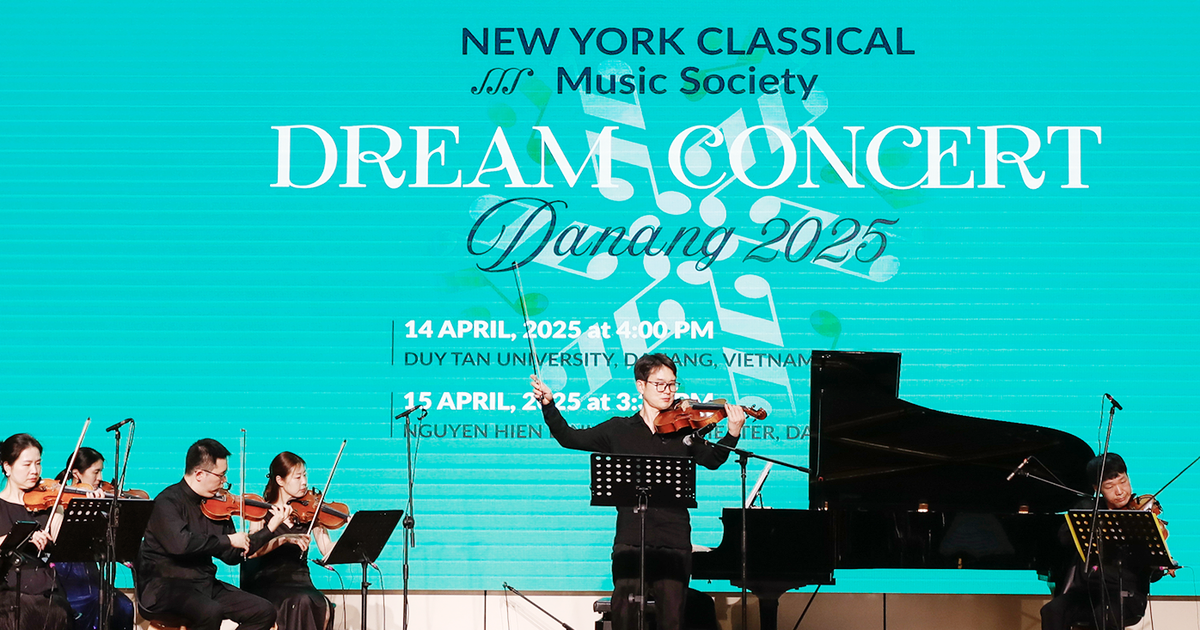


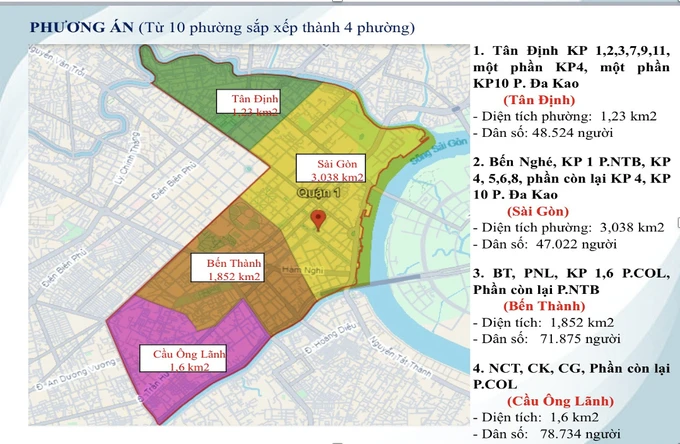



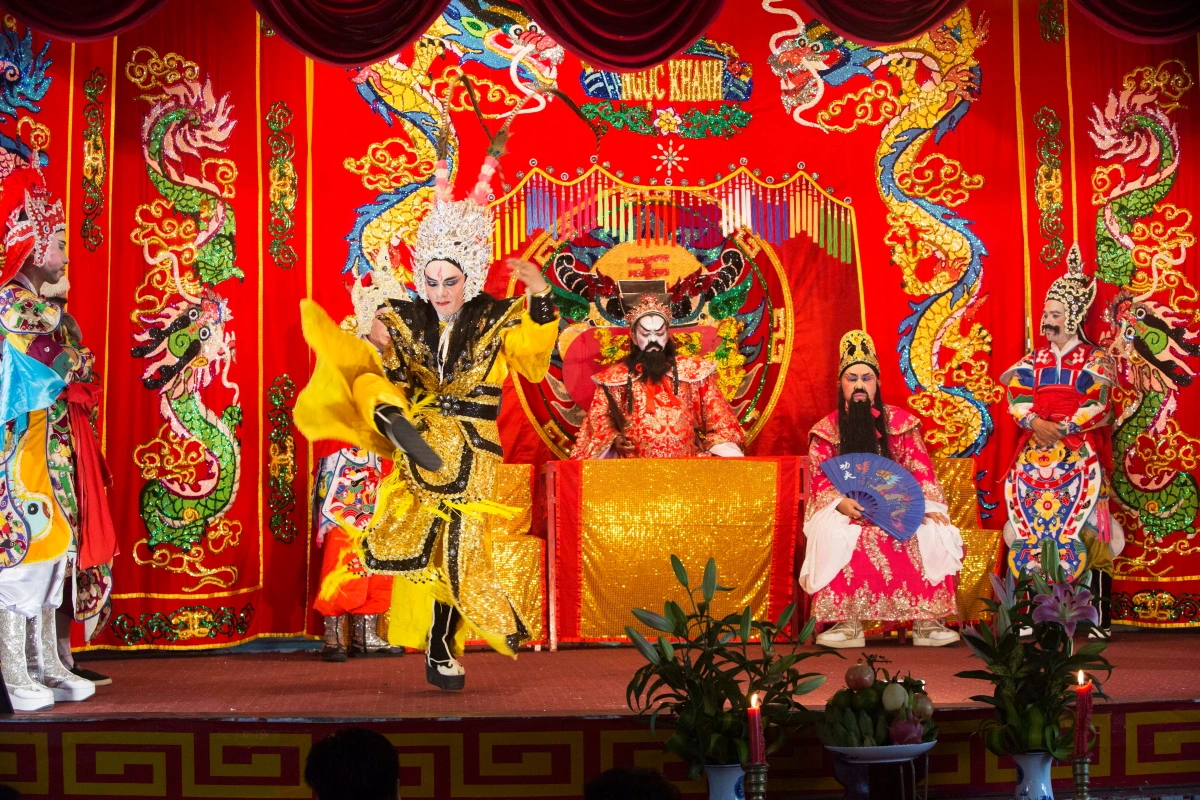

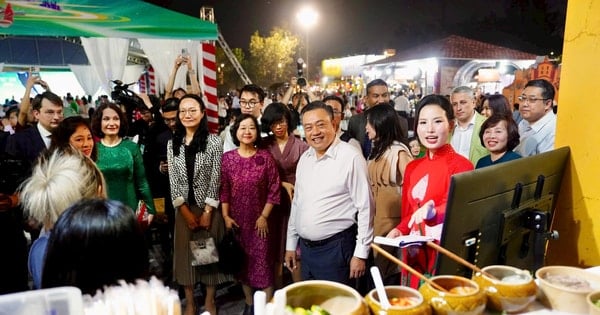























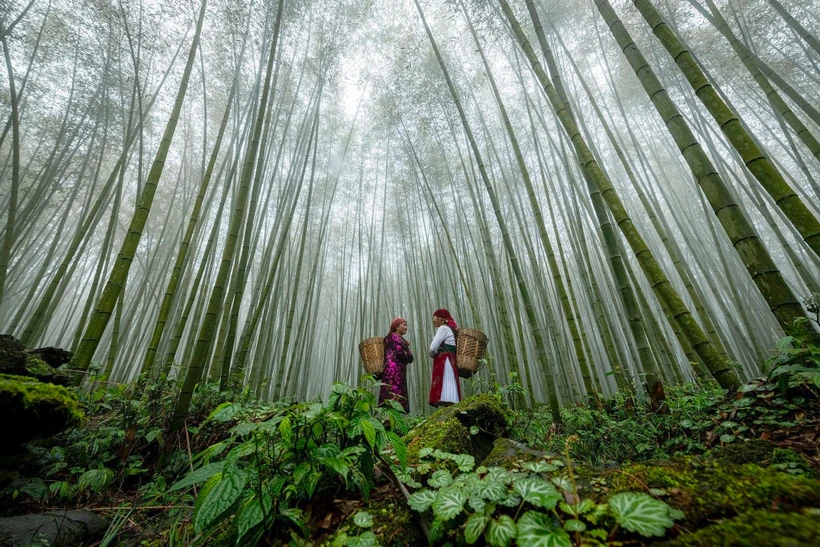

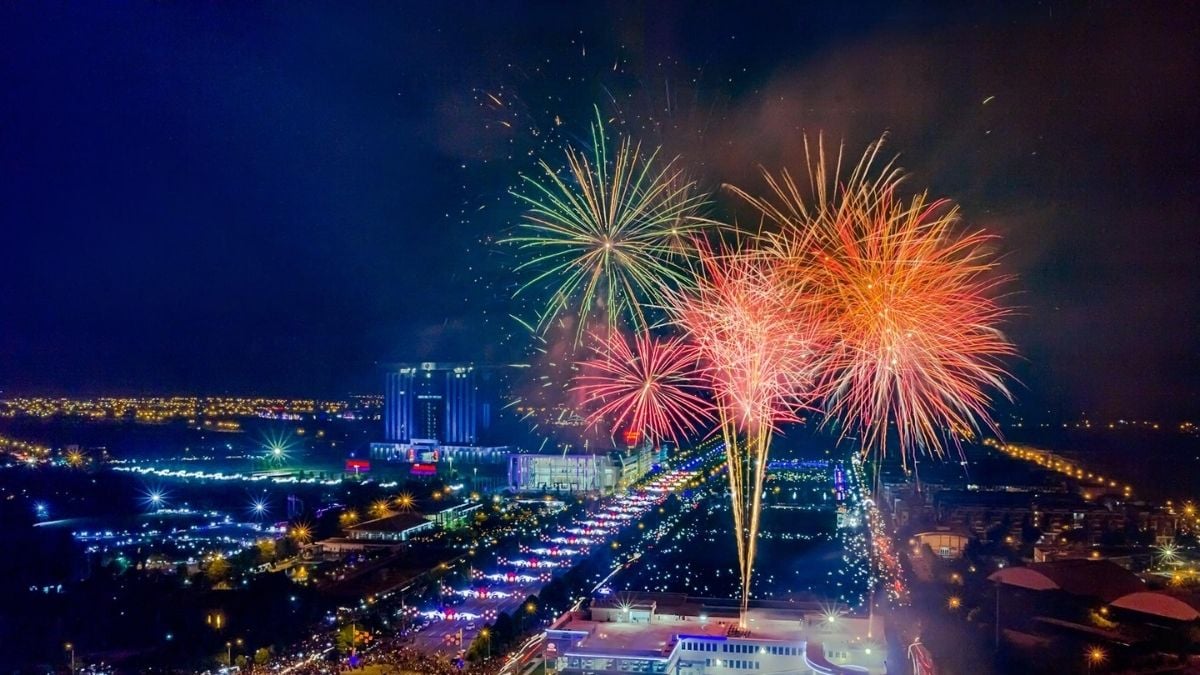
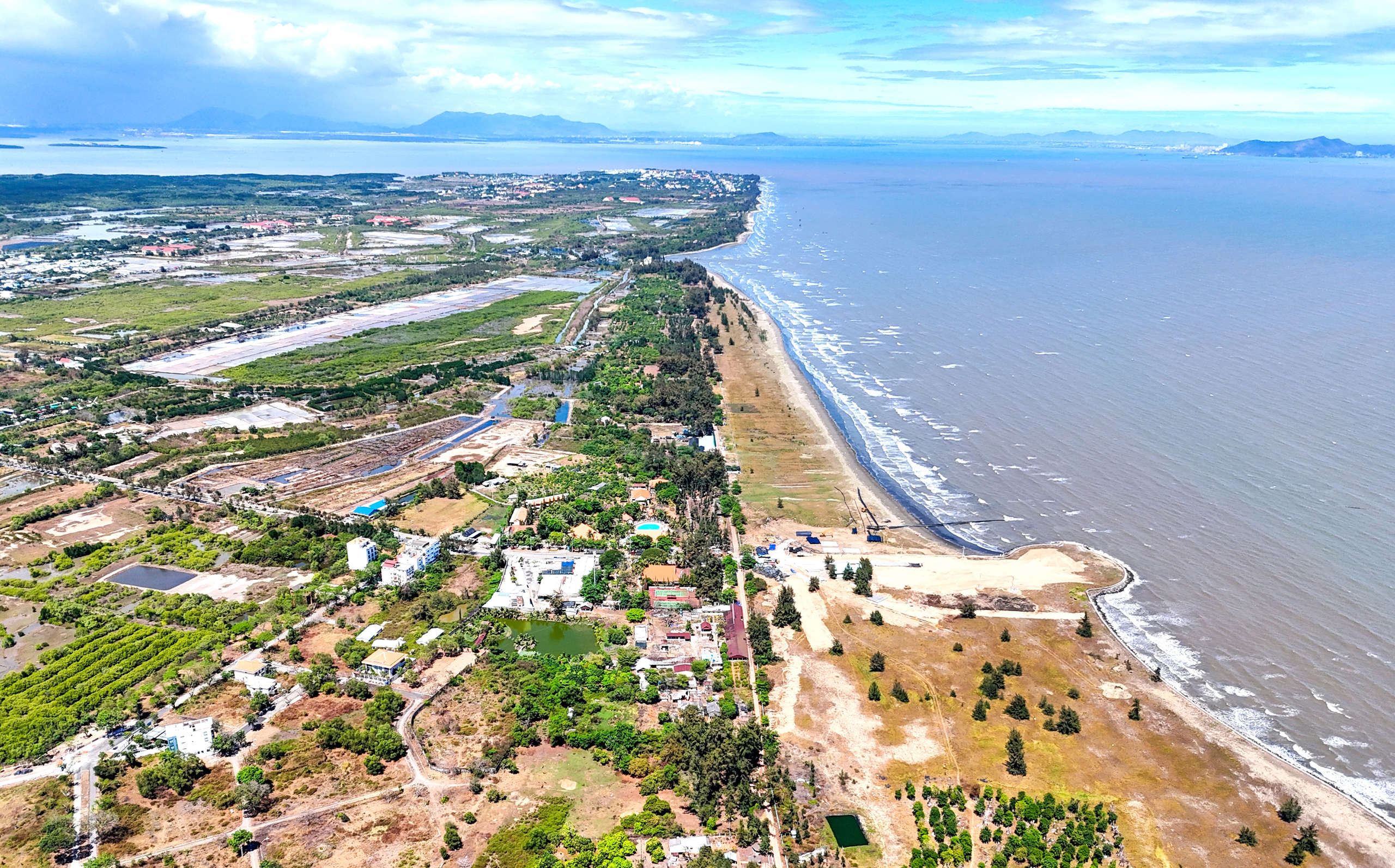

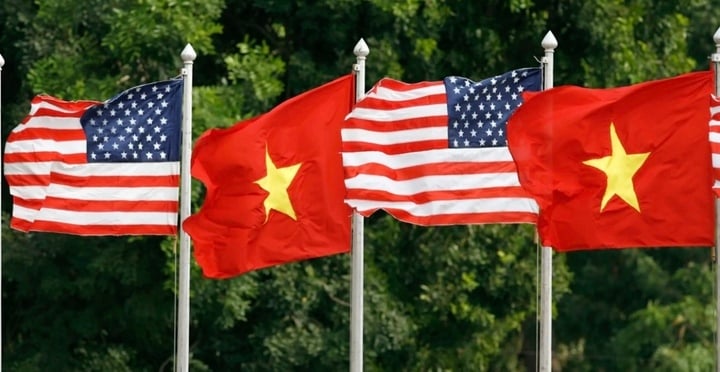


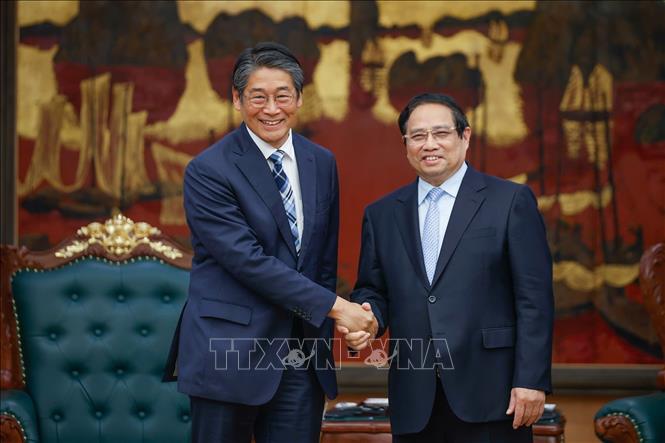
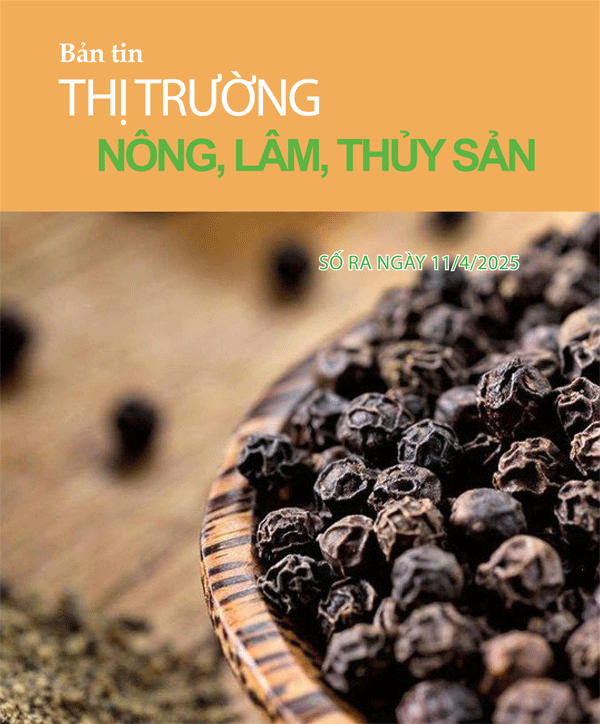

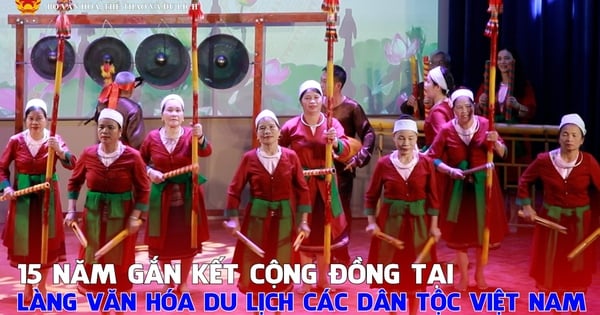

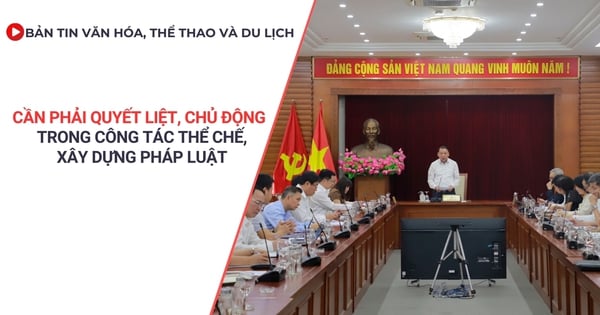


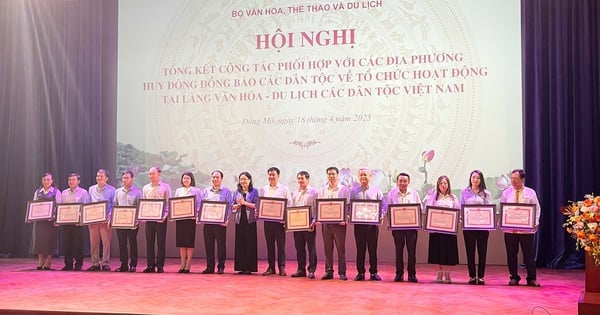

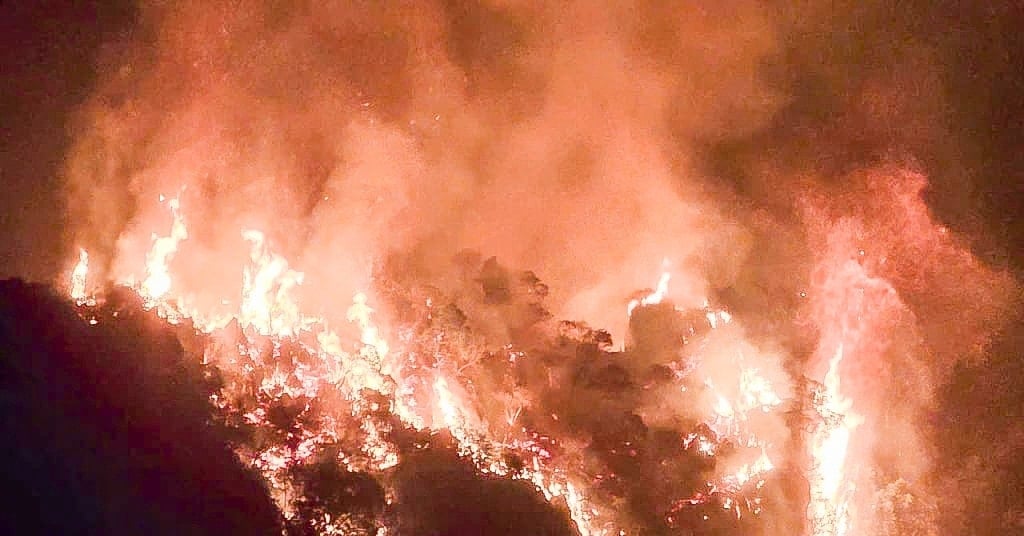

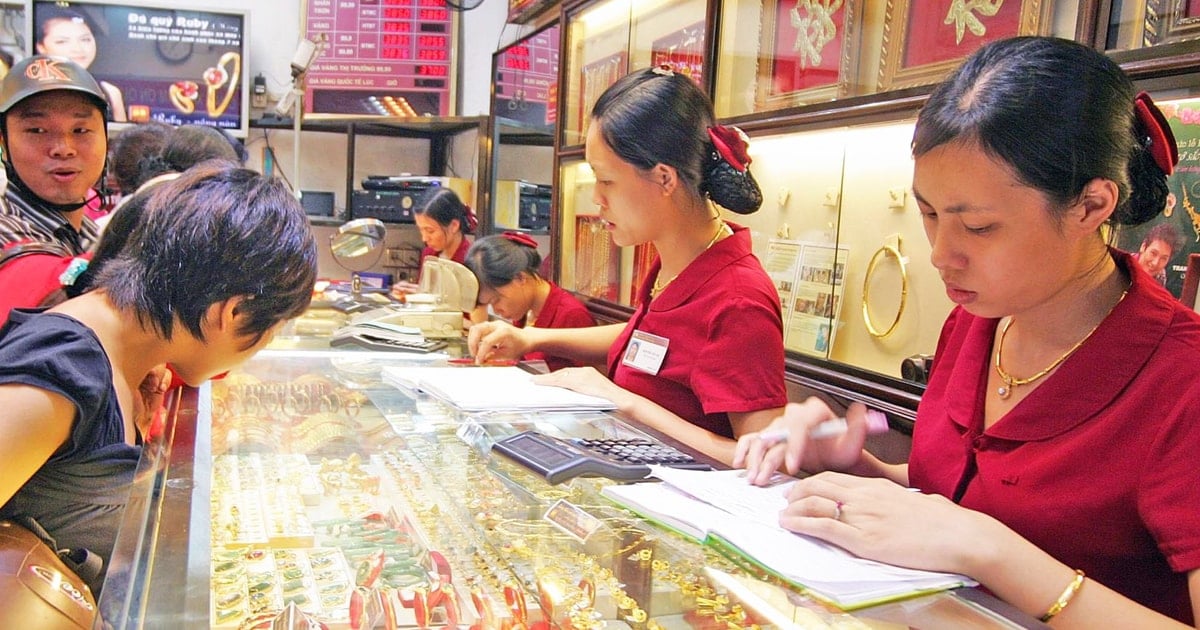



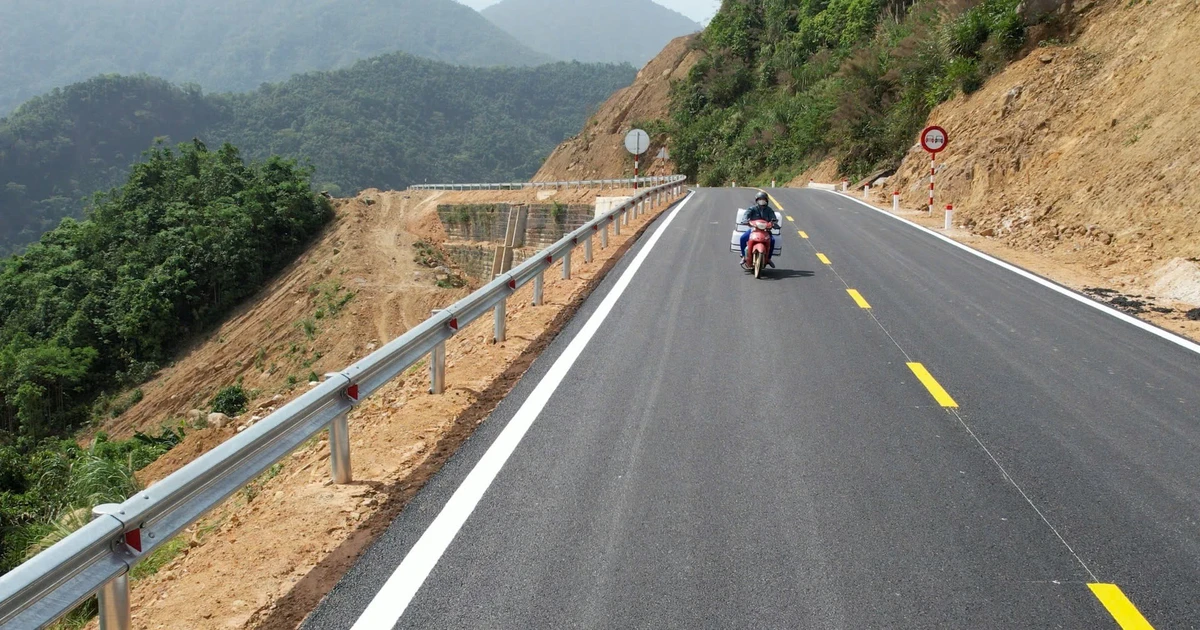





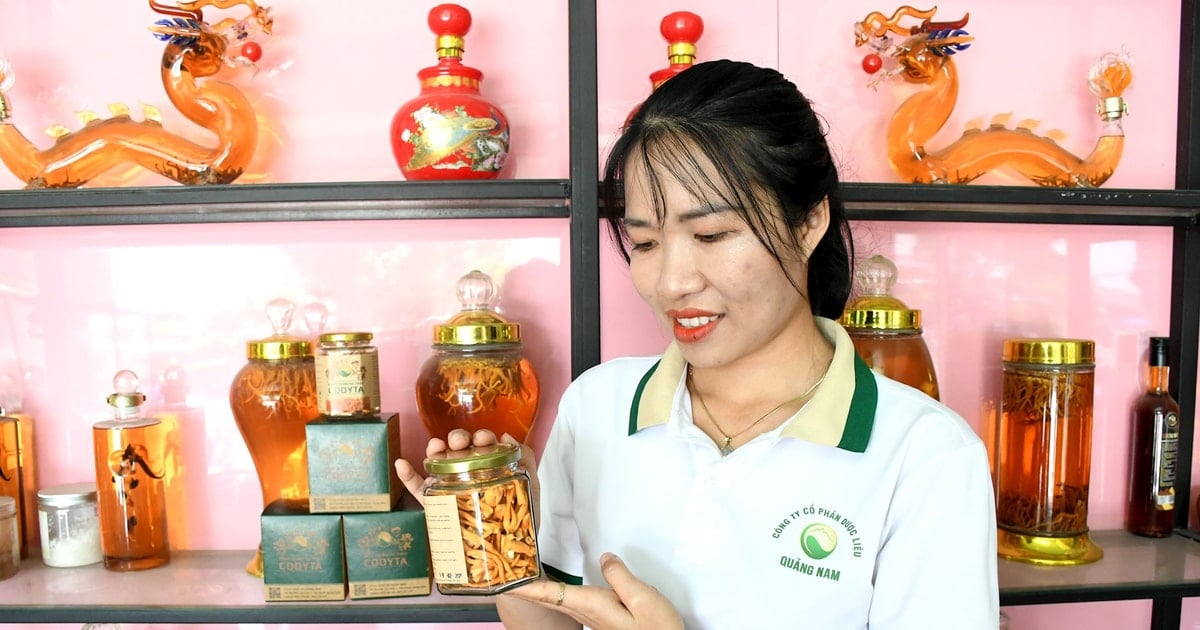


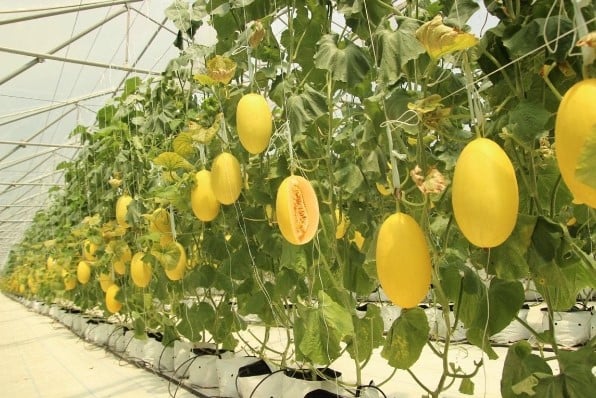
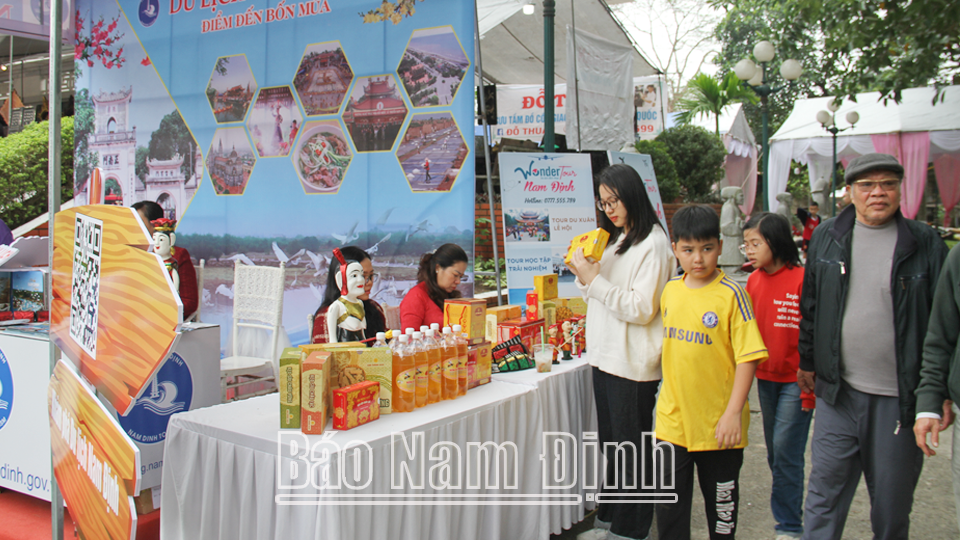




Comment (0)